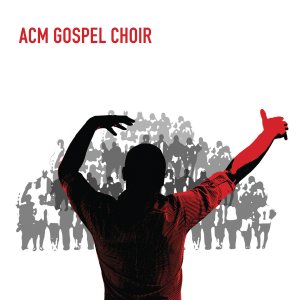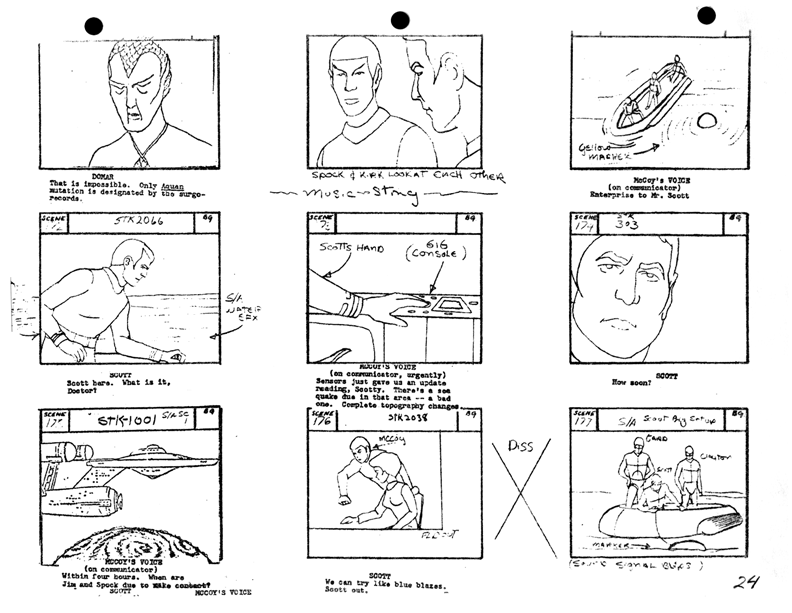These are the steps we went though:
Firstly we went through the clip and made markers within the Viewer (if we had the original FCP file this would not have to be done), from this we were prepared to make subclips. It is useful to name the shots and add a description for future reference.
After doing this you can make subclips and set them up in a new bin within the browser...
Using these you can recreate the film in the timeline...
Once you have done this it is time to add the effects, for this exercise we are looking at colour and exposure correction so for this you need to use Color Collection 3-Way, when you arrange the windows you get different graphs to work with...
We will focus on using the waveform and vectorscopes and then we can edit the settings using the Color Corrector within the viewer.
You can keep an eye on what you are doing by comparing with other shots using the tool bench on the right hand side.
This is the result of our work this morning:
I have realised it is a very slow process doing this colour correction work, the clear way to make it easier on yourself is to set and keep correct exposures throughout filming. The more you do this the less editing work you will have to do later on in the process.


























